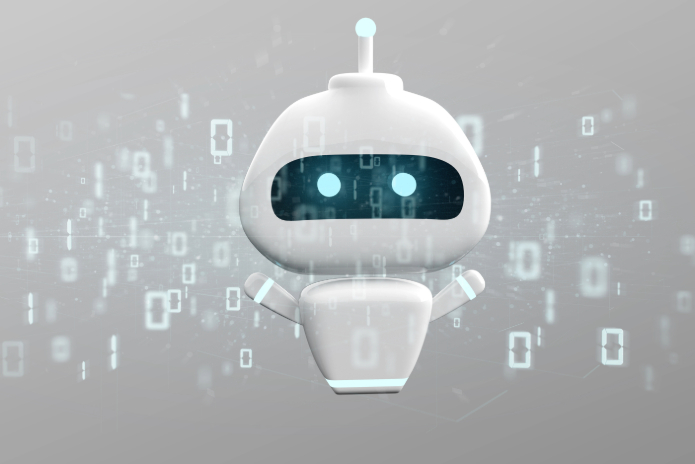The IT operation is experiencing a moment of silent but profound change. If until recently the challenge was to transform data collection into something visible, today the goal is to convert this visibility into decisions and more than that, into automatic actions that happen in seconds. The AI Ops represents this leap, being an ecosystem in which machines take care of machines, with human supervision only where the risk is greatest. The impact is not limited to technical gains, but changes the very way of organizing teams, measuring performance and building operational resilience.
The logic of AI Ops can be seen as a continuous pipeline that begins with the ingestion of raw data, logs, metrics, security events, configuration changes, traffic variations and even business indicators. These data, when normalized, cease to be noise to become features that feed machine learning models. With this it is possible to cross statistics, time series and anomaly detection techniques to predict failures, identify probable causes and recommend or perform corrective actions.
The answer is not limited to open alerts, it triggers automations that reduce queues, expand capacity and rollback autonomously. Each cycle, the system learns, refines and improves its assertiveness. This loop closure of detect, diagnose, act and relearn, is the essence of AI Ops.
The path to adopting this model consistently starts small, with the choice of a critical service. The escalation comes later, with the learning of the system itself and the team that uses it. The most common mistake is to try to embrace the entire infrastructure at once, turning the project into something uncontrollable.
From signal to action
Instead of teams spending energy on manual event correlation, the platform itself identifies cause-and-effect patterns.The average recognition and mitigation time, traditionally measured in minutes or hours, is reduced to seconds, with a direct impact on the end-user experience.
Instead of measuring only the average time to repair (MTTR), the central metric becomes the time to mitigation, that is, the speed at which the system can contain a problem before it affects the business operation. It is at this point that AI ceases to be support and becomes a protagonist, allowing engineers to devote their energy to what actually generates value.
However, mismanaged automation generates redundancies, conflicts and loss of trust. Models without monitoring suffer drift and lose effectiveness. Suspicious teams create parallel alerts, undermining the credibility of the system. Therefore, governance is indispensable, it is not enough to have AI Ops, it is necessary to cultivate it with backlog, periodic reviews and well-defined success indicators.
The role of LLMs
The arrival of large language models (LLM) adds a layer to this scenario.LLMs can act as operational copilots, rewriting alerts in understandable narratives, suggesting queries on observability bases and even assisting in the writing of an incident.
Responsible use requires linking to verified data and policies that limit your performance to recommendations or mediated interactions.
The near future
The next step goes beyond incident reaction, it will be proactive prevention, with models capable of recognizing pre-incident patterns and acting before the alarm sounds.We will also see the consolidation of multi-agent architectures that work in a coordinated manner under company policies.
The future of AI Ops is to become invisible, functioning as a digital immune system, always active, learning and rarely needing conscious intervention.In a world where availability is no longer differential to become a basic requirement, whoever can shorten the path between signal and action will have more than resilience, will have a competitive advantage.


